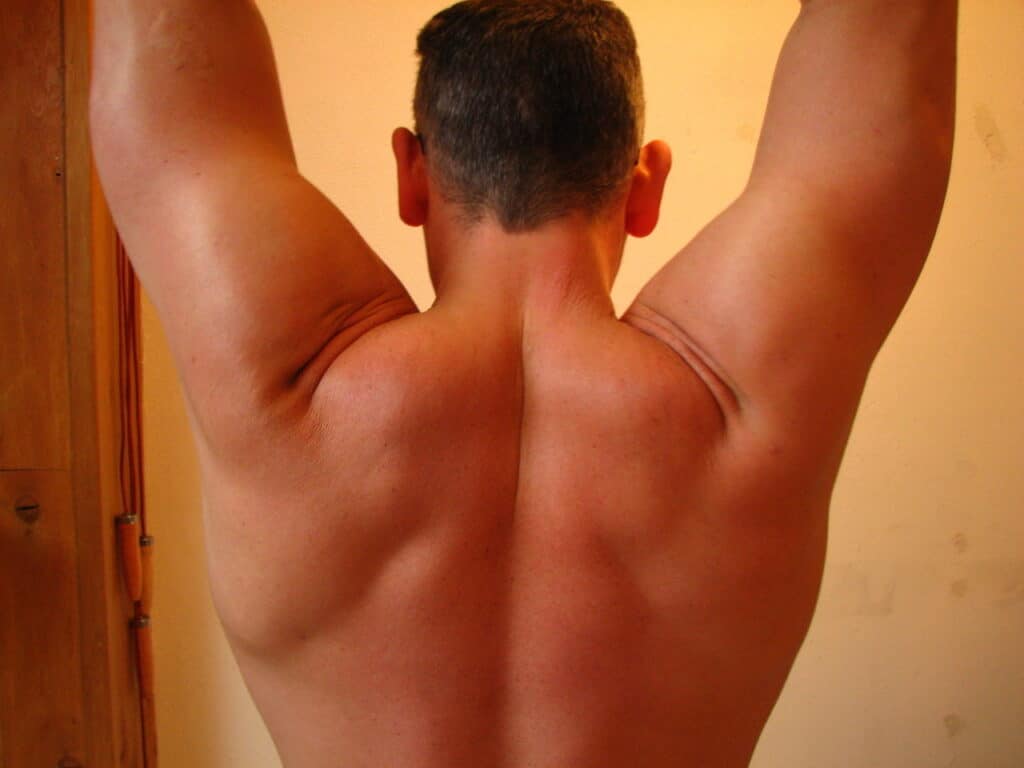Image via freeimages.com/EdwinPijpe
By Laura Cipullo, RD, CDE, CEDRD
How to Recognize Eating Disorders in Men
How common are eating disorders in men?
In 2013, the results of a 12-year study were published by JAMA Pediatrics revealing the toll body image issues and eating disorders were taking on teen boys. Over 1/3 of the boys in that study had binged or purged; about 9 percent were very concerned with the look of their muscles; 6 percent were worried about their “thinness,” and about 2 percent had used supplements, growth hormone derivative or steroids in pursuit of what they considered to be the ideal body.
As ANAD (National Association of Anorexia Nervosa and Associated Disorders) points out, “no ethnic, gender or socioeconomic group is immune to the dangers of this disease. In regards to gender, 1 in 10 cases of these [eating] disorders involve males. This means that hundreds of thousands of males are affected.”
The 1 in 10 number is somewhat controversial, as the JAMA study reports it might actually be closer to 1 in 4.
ANAD also points out that doctors are not as likely to diagnose eating disorders in men, and that men with bulimia may be less likely to seek treatment because they consider it a “female” disease.
Gender differences in eating disorders
One thing that may complicate diagnosis is that eating disorders can look different in men than in women: “There are some males who do want to be thinner and are focused on thinness,” lead study author Alison Field said, “but many more are focused on wanting bigger or at least more toned and defined muscles.” Because we are so used to seeing thinness associated with eating disorders, it can be hard to recognize bulking up as a dangerous problem.
Eating disorders in media
Eating disorders are not necessarily caused by the media, but the media can certainly play a part in how we feel about our appearance, and young people are especially impressionable. Health sites and magazines for men often encourage a buffer body, one that can only be obtained by hours spent in the gym. Male celebrities — like their female counterparts — have also been chastised for not looking “perfect” enough.
In 2015, The Boston Globe published a story announcing that we have officially “entered the era of man shaming,” citing instances of Sam Smith being called “ugly” and “fat” by Howard Stern, and Leo DiCaprio being made fun of in several media outlets for the way he looked wearing shorts on a beach.
More recently, actor Wentworth Miller was criticized by fans for gaining weight, which led the actor to reveal he had been suffering from depression, an eating disorder, and had been suicidal.
“One day, out for a hike in Los Angeles with a friend, we crossed paths with a film crew shooting a reality show,” he wrote. “Unbeknownst to me, paparazzi were circling. They took my picture, and the photos were published alongside images of me from another time in my career. ‘Hunk To Chunk.’ ‘Fit To Flab.’ Etc.”
Eventually, he came to see that picture of himself as something not to be ashamed of, but rather something that reminded him of the struggle he had been through.
Eating disorder awareness and support
The medical community, parents, and the public at large need to be made more aware that eating disorders can strike anyone so that boys and men can get the help they need.
Here are some tips to ID eating disorder behaviors in boys and/or men.
Be aware if the person:
Confronting someone who has an eating disorder isn’t easy, but it might be necessary if you want to give him the best chance of recovery. Don’t be afraid to start the conversation.








